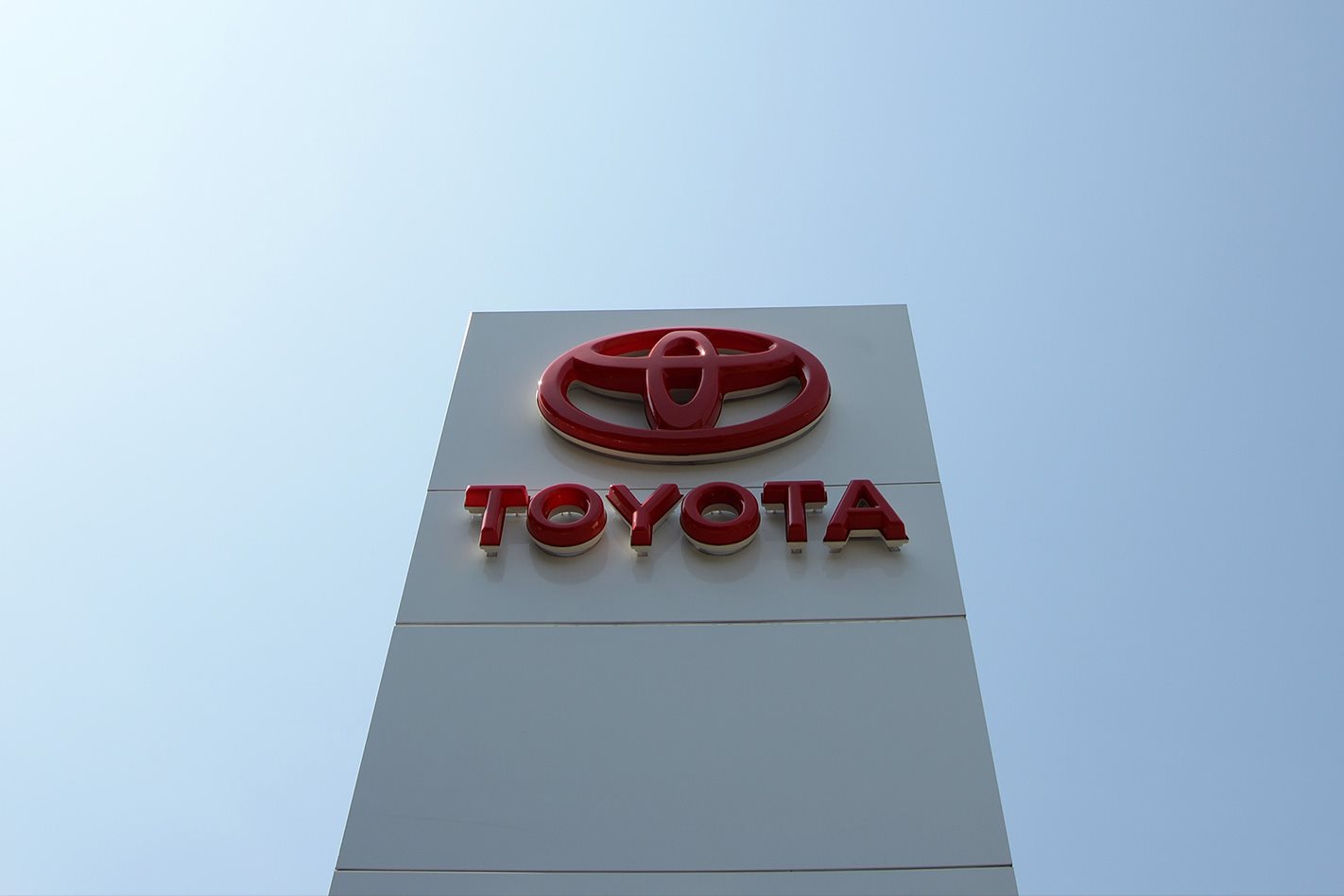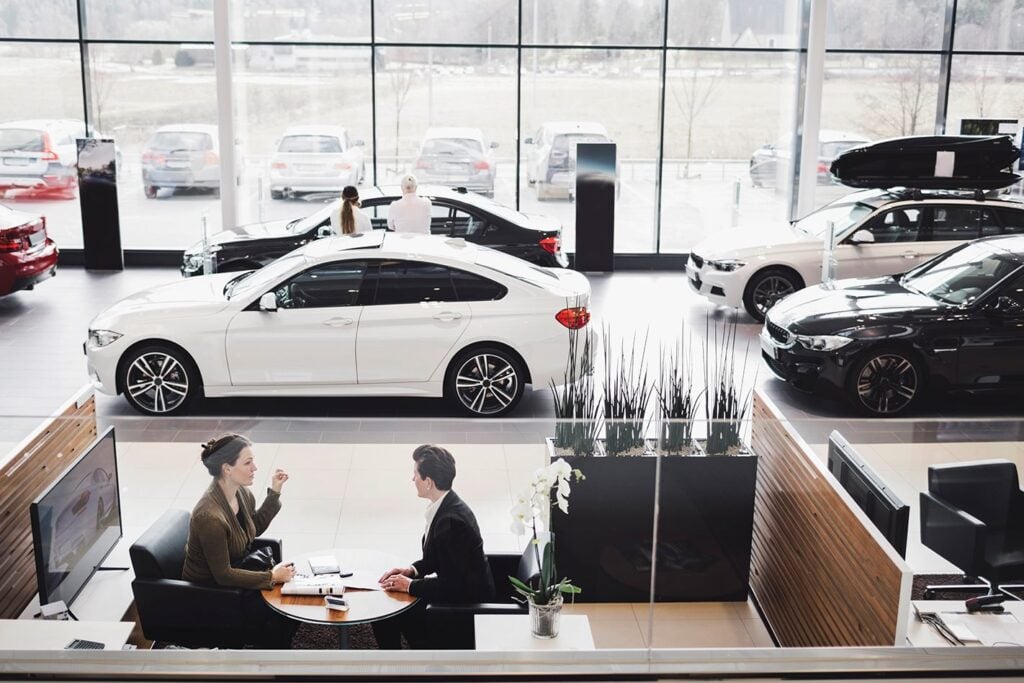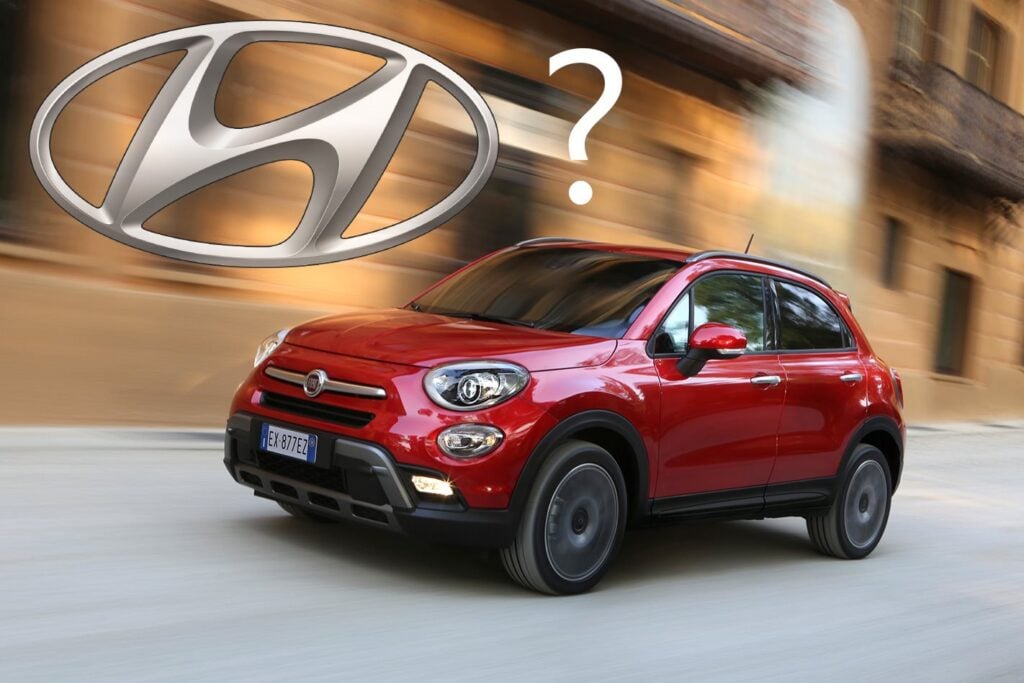THE sun shone on Toyota’s last day as an Australian manufacturer.
Clear and bright, it added just one more reason why the 3000 Altona factory workers, retirees, and a mix of management and staff from the Port Melbourne office should wear their commemorative black caps handed out as they registered for the event.
Toyota’s closure started normally, at 7am for the day shift, with no afternoon shift rostered on for the first time in who knows how long? Little happened until 11am, when those attending were shown a parade of Toyota cars, ranging from the 1963 Toyopet Tiara ute that led the parade, right through to the last Camry off the line – a graphite grey SX.

After the parade, everyone shuffled in past the roller doors to the enormous Altona assembly line building, leaving the streets of the complex completely deserted. Inside, Toyota’s global chief, Akio Toyoda, thanked everyone via video link, while current president David Buttner talked up the legacy of the car maker’s five-decade-long run of locally made and assembled models.
Then, just like that, it was over. Workers started streaming out, passing through the security gates carrying their personal belongings in whatever bags they had handy. In the car park, they jumped behind the wheels of Toyota-badged cars that some had bought using generous company discounts extended to workers, for one last trip home from the factory. All the ones we spoke to as they filed out had no idea what would happen next; an extended break seemed to be the most common answer when asked about life after Toyota.
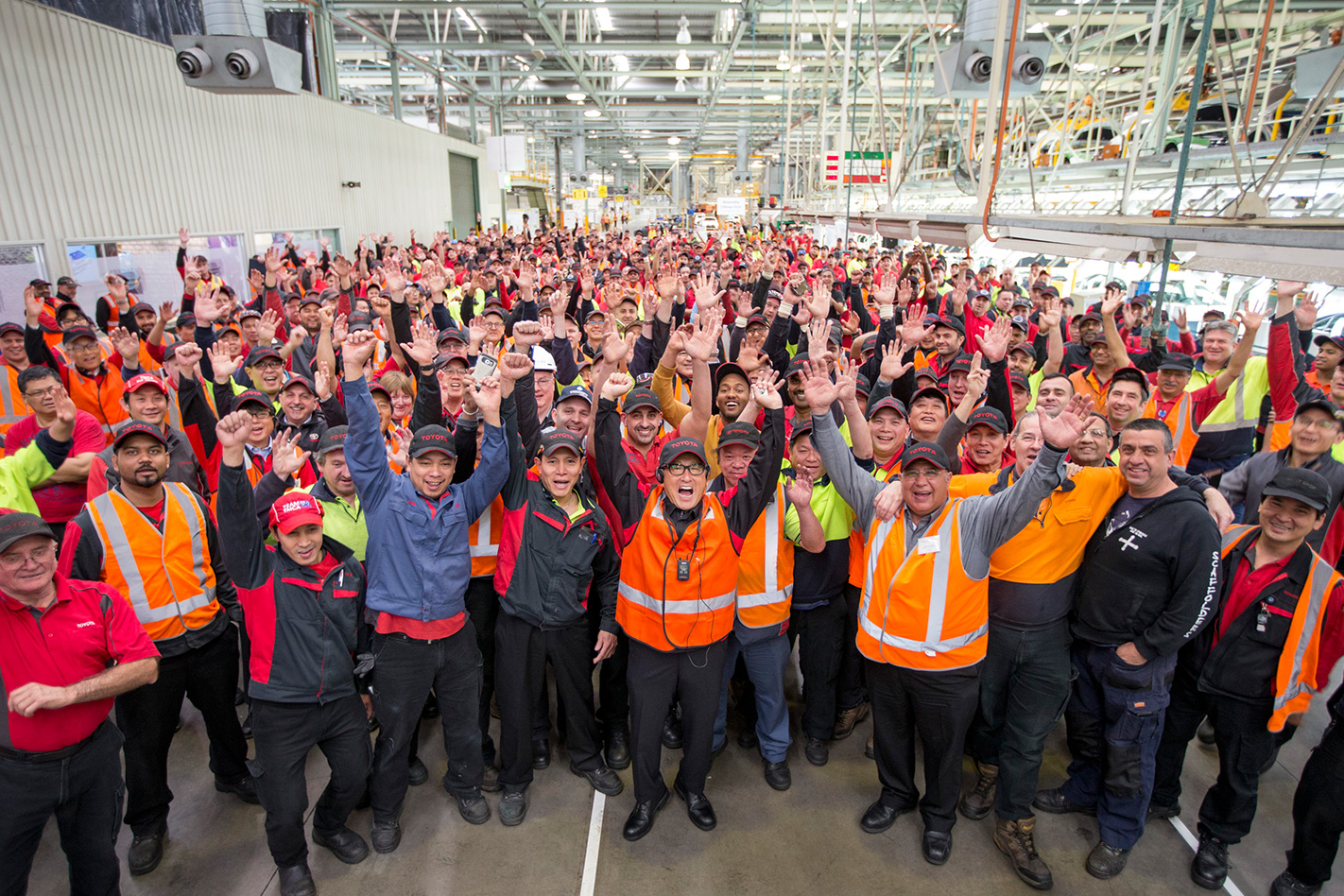
In contrast, the grey marble sign outside Toyota’s factory stood alone, framed only as a backdrop for the small number of media assembled to file yet another report of the demise of a once great, proud Australian industry to the editing suite. Ford’s send-off attracted a media scrum; the best Toyota could manage was the media equivalent of a temperate tea party.
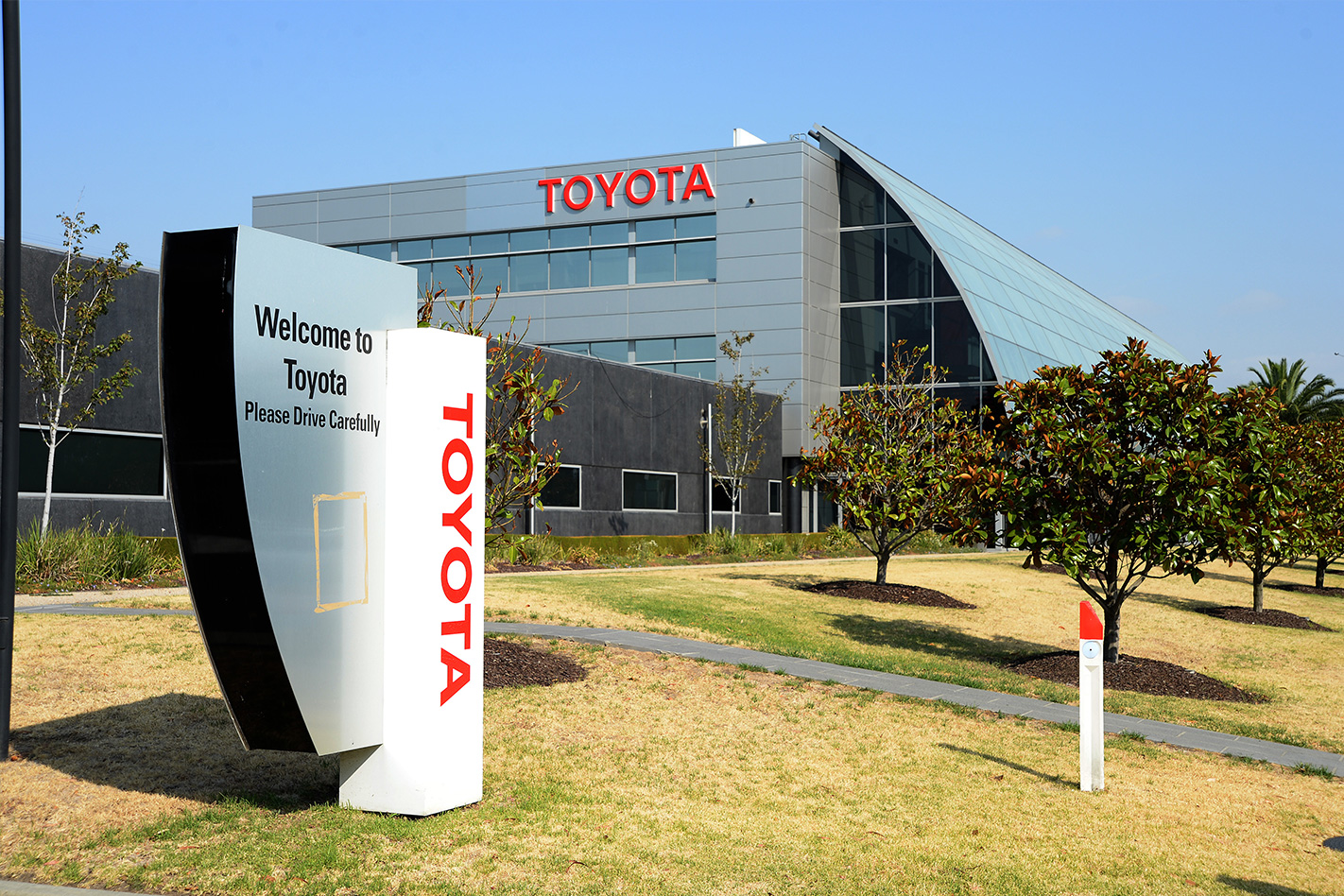
In just over two weeks’ time, we do it all again with Holden. Unlike Toyota, this one is definitely going to tug at the heartstrings.

